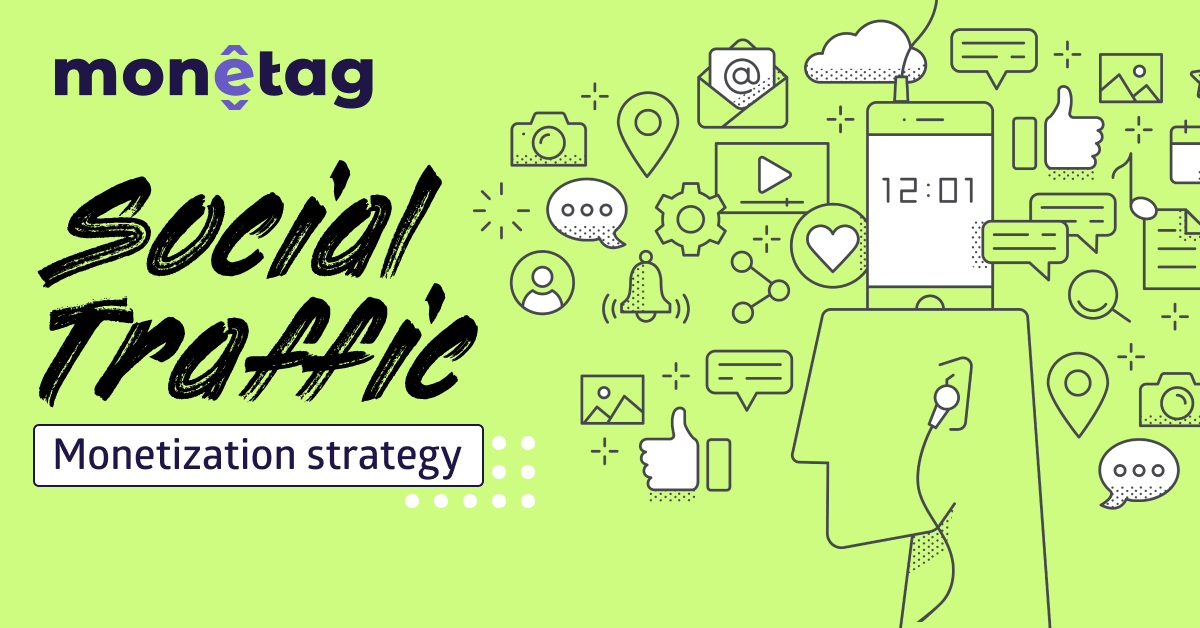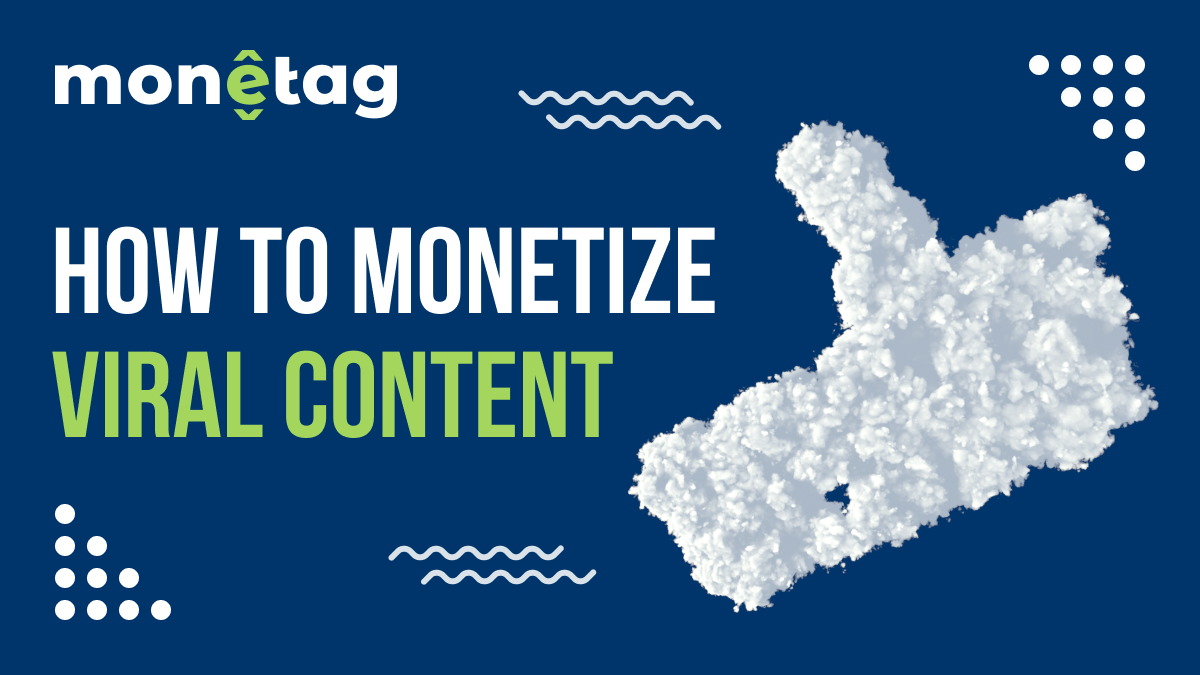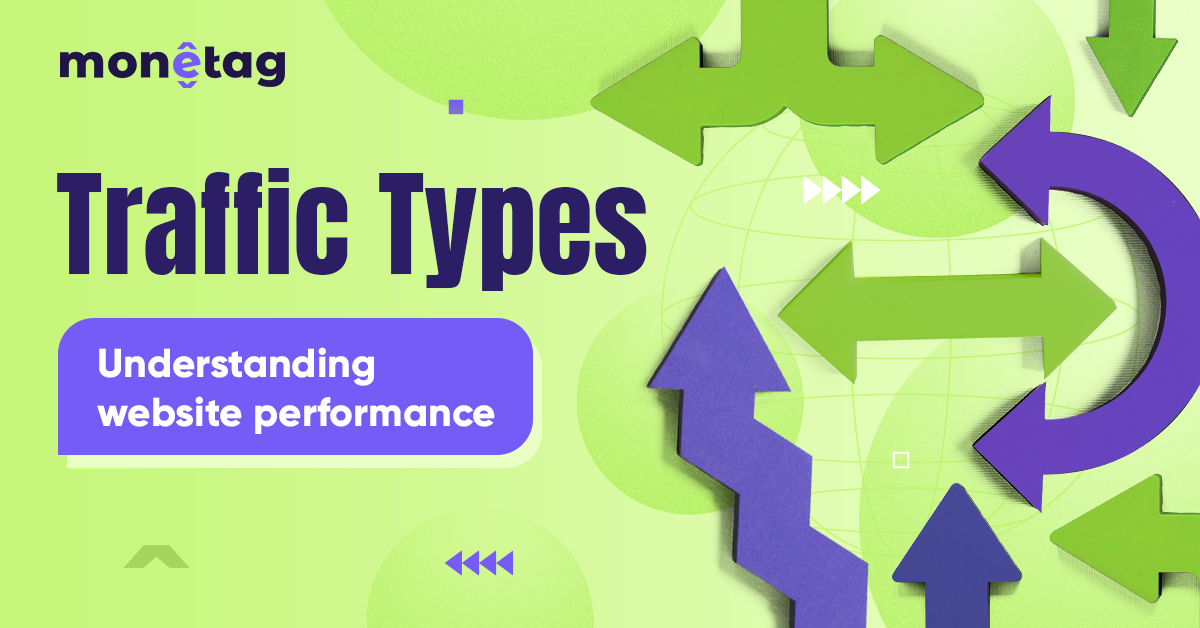The Publisher’s Playbook: How to Monetize with Interstitial Ads

Ever felt like you’re holding a gift, but you’re not quite sure how to unwrap it? That’s what interstitial ads can feel like for many publishers. But don’t worry, they can really help increase your earnings when you know how to use them.
Publishers like you are always searching for new ways to make money from their content. But with lots of platforms using similar ad styles, standing out from the crowd can be tough.
Here at Monetag, we’ve teamed up with plenty of successful websites – and these partnerships have taught us which monetization methods have the best chance of getting great results.
While push notifications and popunders (ads that pop up under the current window) are still popular, interstitial ads are becoming more and more common in the world of traffic monetization.
We’ve even given the interstitial ads on our platform a makeover. In this guide, we’ll tell you about the changes we’ve made and give you some handy tips to make the most out of interstitials.
Why You Should Give Interstitials a Try
Interstitial ads are ads that cover a part of the screen of the device being used. They usually show up right before or right after the content you want to see.
In the past, marketers had to make these ads from scratch – but that’s no longer the case, especially with Monetag! We’ve added some new features that let advertisers pick from a bunch of ready-made templates.

These changes have led to more people clicking on the ads, which means more money for publishers like you.
Interstitials are especially interesting because they’re easy for users to deal with, have performed really well on our native feed, and perform especially well on social websites.
Their design is great for a positive user experience – interstitials have a big “x” that lets viewers close the ad if they want.
Best of all, interstitials have been getting reliable results across lots of different areas. They’re quickly becoming a trusted ad format that helps publishers like you increase profits without a lot of hassle.
What Types of Websites Work Best with This Ad Format?
Even though they’ve worked well across many niches, interstitial ads are best for these types of websites:
Tips for Making Interstitials Work on Your Site
The great thing about interstitials is that they can be completely personalized. But you have to know what to change to get the best results.
Remember, you can change the frequency, device targeting and show the ads with delay – all these setting can be done through support. The trick is finding the right mix.
#1 Try Different Delays
Usually, waiting about 10 seconds before showing interstitial works best. But if you really want to focus on making money, you can show the ad after just 2 to 3 seconds.
Of course, there are always exceptions. It’s a good idea to run a few tests to find the best timing for your site.
For example, if users only spend around 30 seconds on each page, a 10-second delay might be too long. But if users spend 3 to 4 minutes on each page, a longer delay could help make more money without annoying your users.
#2 Find the Best Pages for Interstitials
The homepage is the most obvious place for an interstitial. But you should check out how users move around your website to find other pages that could work just as well.
For instance, blogs might do well with interstitials on the homepage because visitors usually look for new posts or check out other tabs from there. But on a media website where users only spend a few seconds on the homepage before searching for something, it might be better to put interstitial ads on the most popular pages.
It’s a good idea to take a close look at your website’s analytics to find the pages that have the most potential. Plus, learning more about your audience can also help.
#3 Choose Between Mobile and Desktop
You can usually get more with ads on mobile devices, so see which types of devices your users prefer and adjust your interstitials accordingly.
If you have a lot of desktop visitors, you might want to let advertisers who target these users use interstitials. If most of your users are on mobile, it would be a good idea to focus on them but don’t forget to keep an eye on your desktop traffic as well.
Interstitials are becoming one of the most popular ad formats. But to get the most out of them, you need to know how to use them properly.
Ready to give your earnings a boost with interstitial ads? Start using these strategies today, or get in touch with us at Monetag. We’re always here to help you make the most out of this amazing tool.









